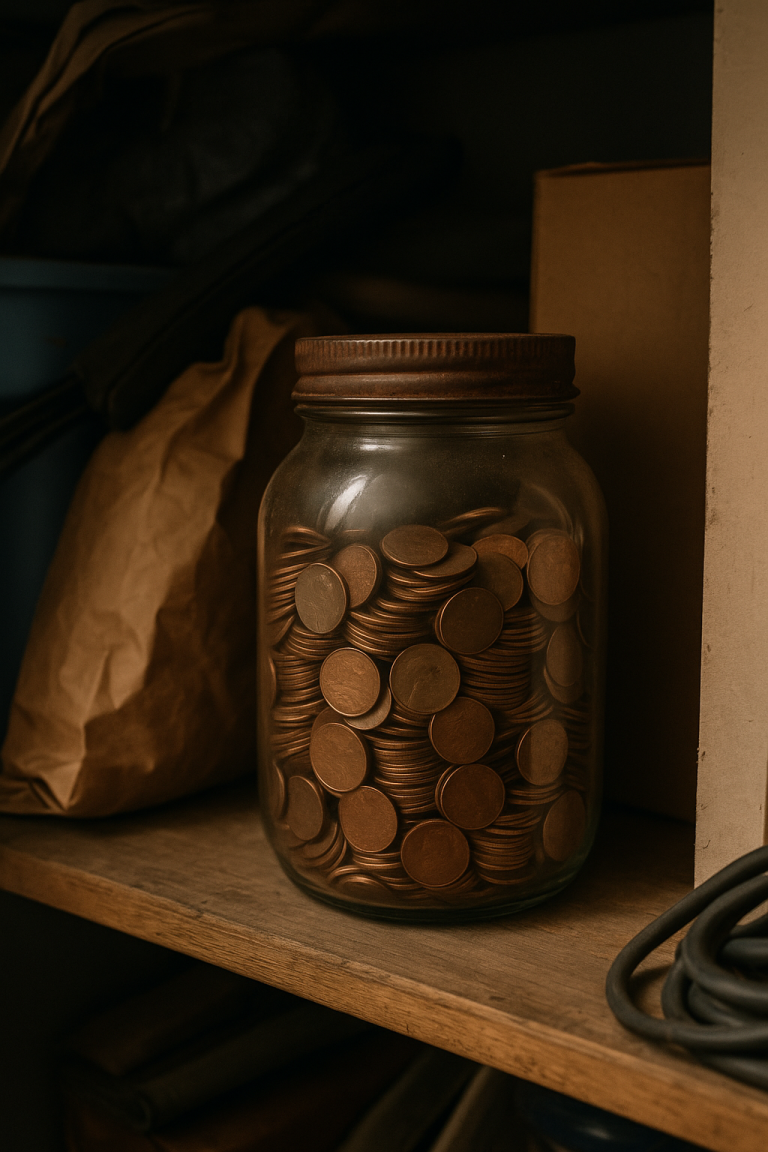The Smart Way to Check Rolls for Errors and Key Dates
Coin roll hunting sounds simple. Buy a box of coins, open the rolls, and hope you hit something rare. But most people burn out fast. They sit there squinting under bad light, second-guessing every scratch, and end up with sore eyes and nothing to show for it.
The truth is, you need a plan. A little structure turns this from a time sink into something productive and even relaxing. If you’ve already read How to Scan Your Change Jar for Hidden Value, you know how to spot patterns fast. And if your setup is dialed in like we covered in How to Set Up a Coin Sorting Station at Home, you’re already ahead of most beginners.
Now it’s time to open those rolls the right way.
Know What You’re Looking For Before You Start

Most people jump straight into opening rolls without a clue what they’re hunting for. They see a shiny coin and assume it must be special. That’s a waste of time.
Before you even crack a roll, know your targets. Write them down if you have to. Key dates, mint marks, and known errors. For pennies, that means things like 1955 and 1972 doubled dies, 1992 Close AMs, and 1998–2000 Wide AMs. For nickels, look for 1939-D, 1950-D, or war nickels with that big mint mark above Monticello. You don’t have to memorize every variety, just start with the ones that matter.
When you know what you’re after, your brain filters everything else out. You stop guessing and start seeing. Every roll becomes sharper, faster, and a lot more fun.
Open Smart, Not Fast
It’s tempting to rip through a box like you’re racing a clock, but that’s how you miss good finds and end up with a pile of paper and disappointment. Slow down just enough to stay in control. Once you find your rhythm, roll hunting gets almost meditative. The soft clink of coins, the focus on small details, and the way your mind drifts while your hands work. It’s the kind of calm you don’t get from screens.
Use a small tray, bowl, or even one of your takeout containers from the sorting setup. Open one roll at a time and dump the coins gently so they stay in a loose pile instead of scattering. That keeps them easy to scan under your light.
Don’t bother inspecting each coin right away. Look for patterns first. Dates that stand out, odd colors, or anything off-center. Once a few catch your eye, that’s when you give them a closer look.
When you finish a roll, keep your rhythm tight. Trash paper goes straight in the bin, coins slide into your “checked” container, and you move on. The fewer distractions, the longer you’ll stay sharp.
Focus on Patterns, Not Perfection
You’re not grading coins here. You’re looking for things that stand out. Most of what you find will be ordinary, and that’s fine. The trick is to let your eyes adjust to what “normal” looks like so the weird stuff jumps out on its own.
Scan through coins in groups, not one by one. Run your fingers lightly across the pile and watch how the light moves. Shifts in color or reflection can reveal polishing, cleaning, or mint issues that you’d miss under a quick glance. You’re training your eye to pick up texture and tone differences, not to chase perfection.
Once you start noticing patterns, you’ll realize how much easier it gets. You’ll catch doubled lettering, odd mint marks, and small die breaks without trying too hard. Every roll sharpens your instincts a little more, and that’s what keeps the hunt addictive.
Keep the Workflow Tight
Good roll hunting is all about rhythm. Every part of your setup should flow into the next without thinking about it. When you find something interesting, drop it in a labeled cup or flip it right away. Don’t leave it sitting loose on the table. That’s how good finds vanish into return piles.
Keep your “checked,” “keepers,” and “return” containers in the same order every time you hunt. The muscle memory makes the process smoother and keeps mistakes from creeping in. You want to stay focused on the coins, not on remembering where everything goes.
When you’re done, roll up what’s going back to the bank and clean your surface. That quick reset turns your workspace back into something inviting instead of cluttered. You’ll want to sit down again tomorrow instead of putting it off because it looks like a mess.

